Navigating car seat safety can be overwhelming for new parents. When exactly can your infant safely face forward in the car? This guide will help you break down the essentials, including legal requirements, safety guidelines, and practical advice, particularly for those in the UAE.
Let’s dive in and tackle one of the most common questions about car seats: When is it safe for your baby to face forward in a car seat?
UK and EU Car Seat Regulations
EU Standards
Car seats in Europe are regulated by two standards: ECE R129 (i-Size) and ECE R44/04. These standards define the requirements for a child’s height, weight, and age for when they can transition from a rear-facing to a forward-facing position. Here’s a quick breakdown:
- ECE R129 (i-Size): This standard is height-based, requiring that infants remain in a rear-facing car seat until at least 15 months. i-Size car seats offer advanced safety features, including better side-impact protection, and are secured using ISOFIX connectors.
- ECE R44/04: This standard is based on weight, allowing forward-facing car seats from 13 kg (usually between 9-12 months). However, even though it is allowed, experts strongly recommend keeping infants in a rear-facing seat for as long as possible.
UK Legal Requirements
In the UK, children must use a car seat until they are 12 years old or 135 cm tall. Rearward-facing is required by law for up to 15 months with i-Size seats or until they reach 13 kg if using R44/04 seats. However, while it is legal to switch to a forward-facing car seat earlier, it’s always safer to continue with a rear-facing seat for infants.
When Can Infants Face Forward in a Car Seat?

The decision to transition your infant from a rear-facing to a forward-facing seat should be based on their size rather than just their age. Here’s how you know it might be time to switch:
- Height and Weight Limits: Check the maximum weight and height limits of your rear-facing seat. Infant car seats typically support babies up to 13 kg, while some convertible rear-facing car seats can handle weights up to 18-25 kg.
- Head Position: If your child’s head is reaching the top of the seat, it’s time to upgrade to a larger rear-facing seat before considering a forward-facing one.
- Convertible Car Seat Transition: Once your baby outgrows the infant seat, consider switching to a convertible car seat, which allows them to remain rear-facing until they’re big enough for a forward-facing position.
Age-Based vs. Height-Based Guidelines
Many parents are confused about whether to follow age, height, or weight guidelines for car seats. Here’s a quick summary:
- Age-Based: Some parents turn the car seat forward as soon as their child reaches age two. However, it’s safer to keep your child rear-facing until they reach the maximum height or weight for their seat.
- Height-Based: ECE R129 follows height, which is often a better indicator of when a child can transition to a forward-facing seat.
- Weight-Based: According to ECE R44/04, children can face forward from 13 kg, though most experts advise against it until the child has reached a higher level of development.
Benefits of Extended Rear-Facing (ERF)
Extended rear-facing (ERF) seats are designed to keep children rear-facing for as long as possible—often until they reach 25 kg, which is usually around age five or six.
Why Extended Rear-Facing is Safer
Rear-facing seats protect a child’s head, neck, and spine in the event of a collision, with the car seat absorbing the impact. According to statistics, children in rear-facing car seats are five times safer compared to forward-facing car seats.
Choosing the Right ERF Seat
Many ERF seats are convertible, meaning they can be used from infancy through toddlerhood. Though they may look bulky, ERF seats are an investment in your child’s safety and often save you the expense of buying multiple seats.
Tips for Keeping Children Rear-Facing for Longer

- Comfortable Positioning: It’s perfectly normal for toddlers to bend their legs or sit cross-legged in a rear-facing car seat. They are flexible and often comfortable in positions that adults might find awkward.
- Routine Checks: Regularly ensure that the car seat is installed correctly, with all straps and harnesses snug and secure.
- Extra Legroom: Many ERF car seats provide adjustable legroom to help keep your child comfortable on long journeys.
Final Thoughts

It’s always safest to wait until your child reaches the maximum size limits of their rear-facing seat before transitioning to forward-facing. The guidelines set by the UK and EU provide minimums, but the safest option is to keep your child rear-facing for as long as possible.
Whether you're using an infant car seat, a convertible car seat, or a booster car seat, always remember—safety comes first.

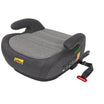
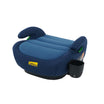
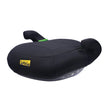
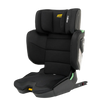
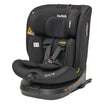
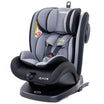
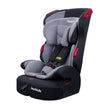
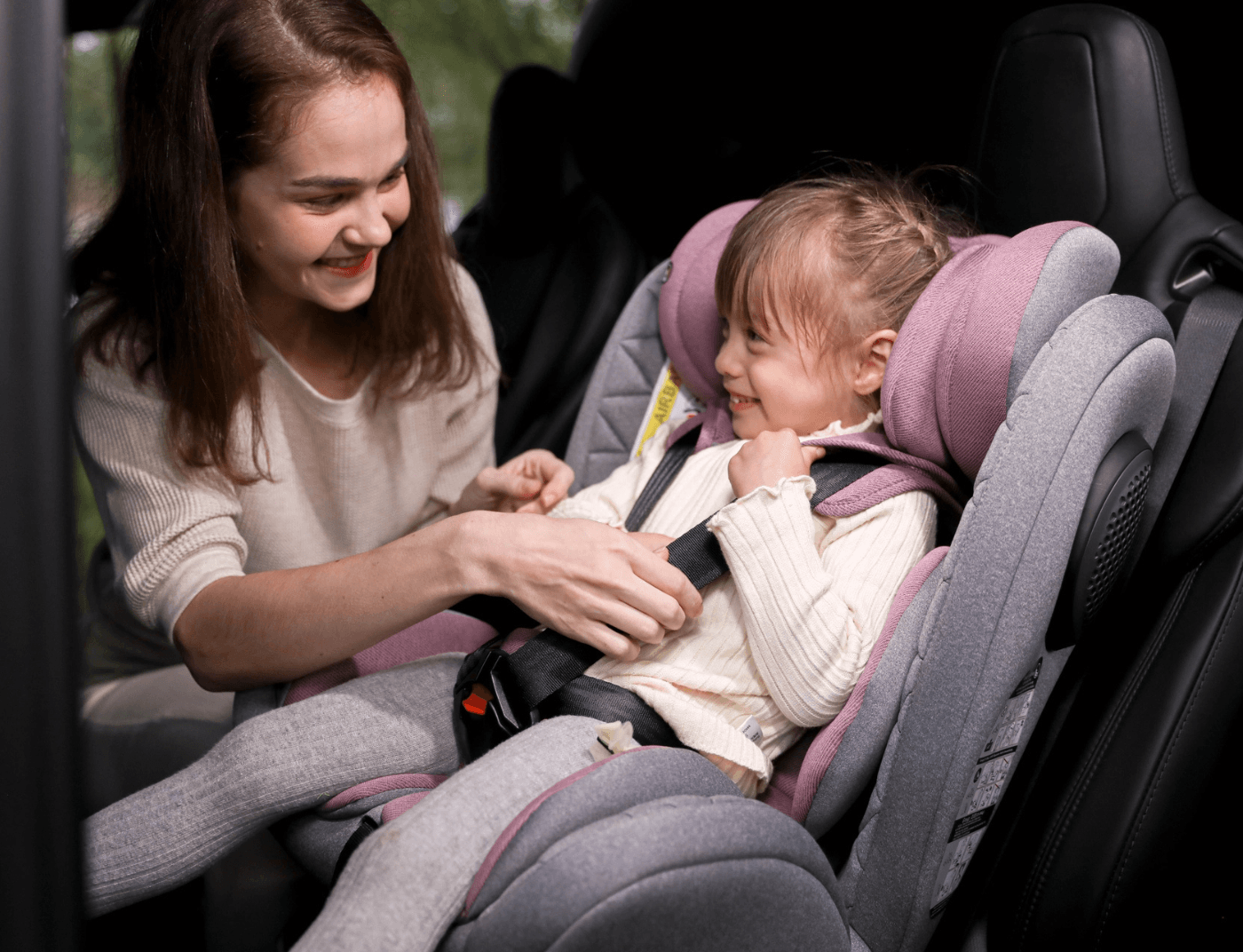
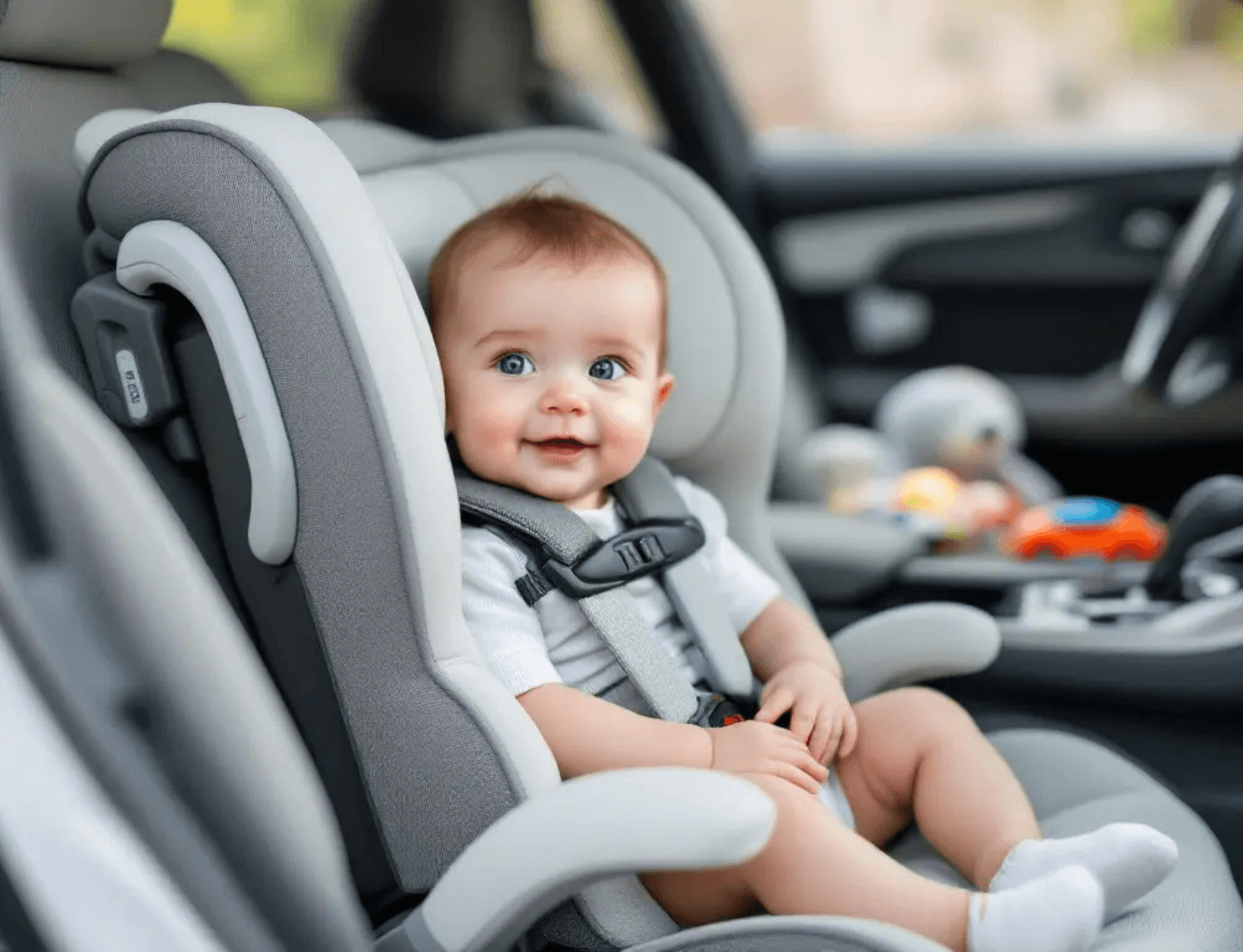
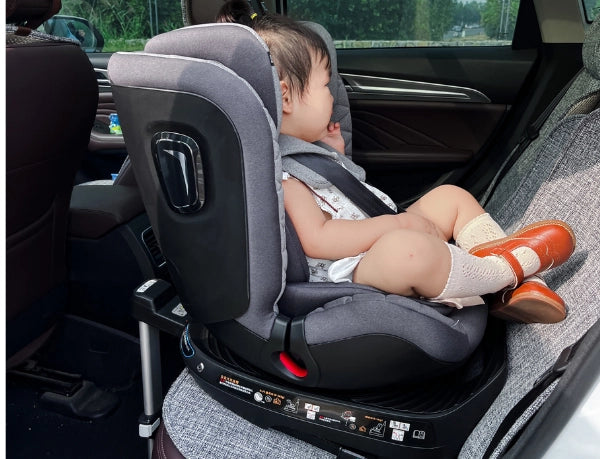
Leave a comment
This site is protected by hCaptcha and the hCaptcha Privacy Policy and Terms of Service apply.